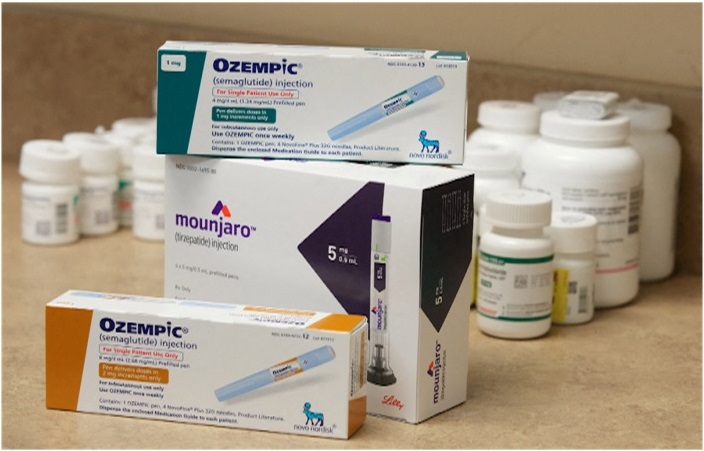Health
Strategic Pricing in the Weight Loss Arena: Pharmaceutical Companies Play the Golden Goose Card

Highlights
- Pharmaceutical companies raise list prices for diabetes drugs like Ozempic and Mounjaro in 2024.
- List prices have less impact due to widespread commercial health insurance coverage in the U.S.
- List prices become crucial when similar drugs are prescribed for weight loss, where many pay out-of-pocket.
- Wegovy and Zepbound, weight loss counterparts, listed at over $1,000 a month.
- Only about a fifth of employers cover prescription weight loss therapies.
- Despite high costs, demand for weight loss drugs is strong.
- Lilly’s Zepbound sees significant growth in new prescriptions.
- Both companies offer a 50% discount to patients with commercial insurance that doesn’t cover the drugs.
- Companies aim for long-term gains by offering discounts to attract users and anticipating future insurance coverage normalization.
- The risk involves fewer immediate returns but recognizes the potential in a market where 40% of U.S. adults are obese.
In the opening act of 2024, pharmaceutical companies, including Novo Nordisk and Eli Lilly, have once again set the stage with a customary increase in list prices for diabetes drugs. Novo Nordisk’s Ozempic and Eli Lilly’s Mounjaro have experienced a hike, showcasing the industry’s familiar pricing manoeuvres.
While these list prices may seem detached from reality for most individuals, a distinct narrative unfolds when these drugs are prescribed for weight loss. About two-thirds of the U.S. population covered by commercial health insurance receives substantial discounts through negotiations. However, for weight loss prescriptions, where a significant portion of the population pays out-of-pocket, list prices play a crucial role.
Wegovy and Zepbound, the weight loss counterparts of these drugs, are listed at over $1,000 a month. Despite only about a fifth of employers covering prescription weight loss therapies, the demand remains robust, with patients often paying the full price out of their pockets.
Evidently, pharmaceutical companies are strategically offering discounts, such as a 50% reduction to patients with commercial insurance that doesn’t cover the drugs. This tactic aims to generate interest, especially considering the seemingly miraculous clinical results reported. The calculated risk involves sacrificing some immediate gains for the prospect of cultivating a larger market over time.
As the evidence supporting the benefits of weight loss accumulates, pharmaceutical giants like Lilly and Novo Nordisk anticipate a shift in insurance coverage norms. With obesity being a significant risk factor in numerous health issues, the companies are banking on the notion that weight loss treatments will become a standard part of insurance coverage. By offering discounted prices, they aim to get patients hooked, considering the potential longevity of the treatment.
While this approach may yield fewer immediate returns, the companies are playing the long game, recognizing the colossal potential of a market where approximately 40% of U.S. adults are classified as obese. As patients become accustomed to these treatments, there’s the expectation that they may continue or return, even if they face side effects, insurance challenges persist, or new therapies emerge.
The gamble, while not without risks, aligns with the substantial market size and the ongoing battle against obesity. With pharmaceutical firms navigating the delicate balance between immediate profits and long-term market dominance, the stage is set for a compelling chapter in the evolving landscape of weight-loss pharmaceuticals.

















































